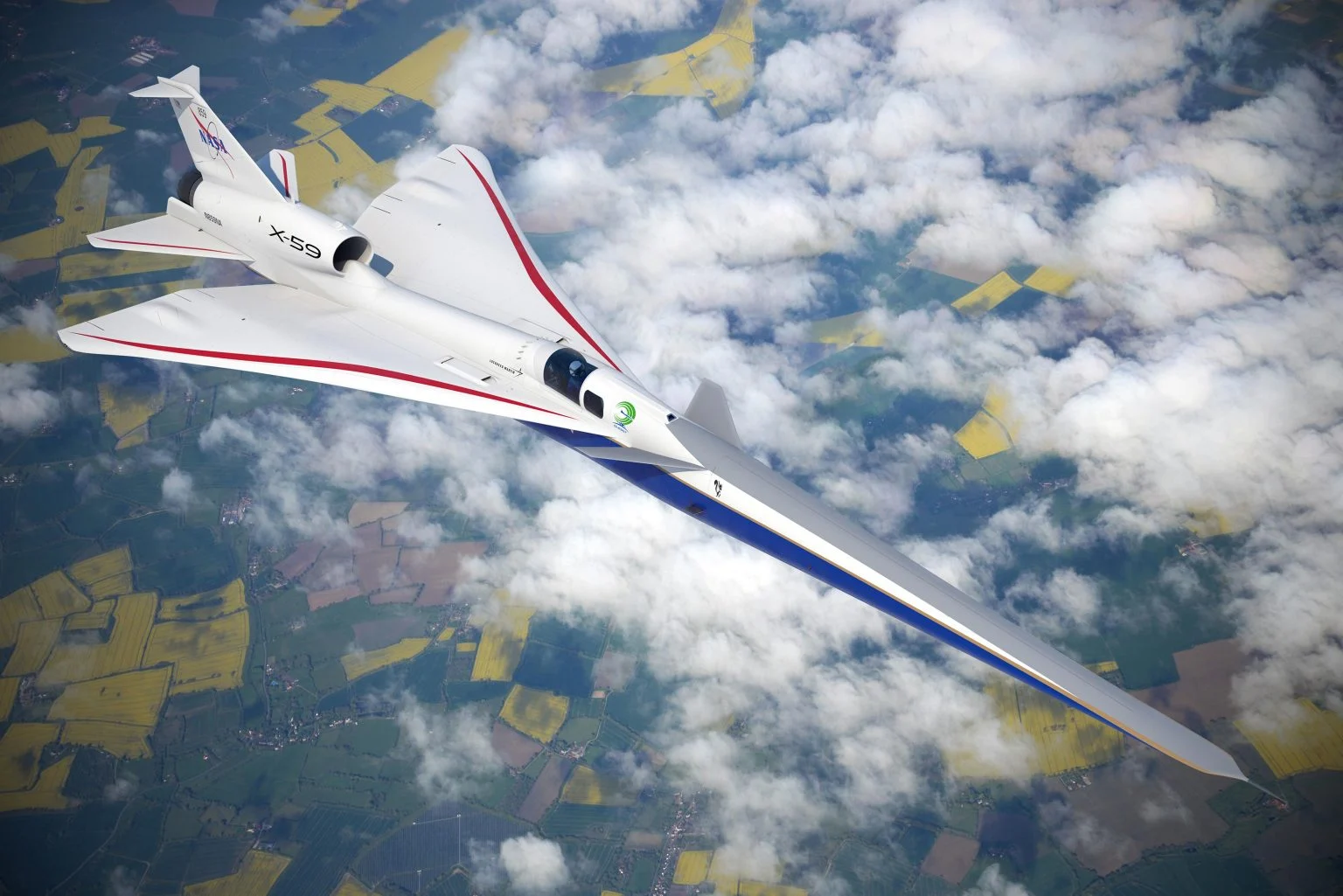"NASA’s OSIRIS-APEX spacecraft successfully completed its closest solar pass, protected by innovative engineering solutions and showing improvements in onboard instruments. Credit: NASA’s Goddard Space Flight Center/CI Lab" (ScitechDaily, Innovative Engineering Shields NASA’s OSIRIS-APEX During Close Encounter With the Sun)
The OSIRIS-APEX probe travels close to the sun. The mission plan is to research the sun. And especially find things that can warn about solar storms. Solar storms are things that can danger satellites at the Earth orbiter. And the purpose of OSIRIS-APEX is to find the method of how to predict those solar storms. Another thing is that the OSIRIS-APEX tests the systems and materials that protect this probe against heat and plasma impacts.
The same technology. The researchers created for OSIRIS-APEX can used in the materials and structures. That protects satellites against nuclear explosions. That means this kind of system delivers information on how to protect friendly satellites against hostile killer satellites. And there are killer satellites whose mission is to destroy other killer satellites.
This technology can also offer a shield that protects its satellites if the neutron bombs detonate on the orbiter. The neutron bombs offer a good solution. That can used to destroy enemy communication and recon satellites with other spaceborne mission support systems. And also friendly forces can use those neutron bombs to eliminate the spaceborne fractional orbital bombardment systems.
The OSIRIS-APEX also offers a solution. That can produce antimatter from solar particle flow. The antimatter bomb or a Teller bomb. A horrifying doomsday weapon is the antimatter capsule that can open in the atmosphere.
That weapon can destroy the entire Earth. And that's why it's interesting. One gram of antimatter releases so much energy in annihilation that it turns Earth into a molecular cloud. And maybe someday this kind of antimatter system can destroy incoming planet-size objects that can threaten Earth.
****************************************************************************
"Artist illustration of the X-59 in flight over land. Credit: Lockheed Martin" (ScitechDaily, Silencing Sonic Booms: NASA’s X-59 Quiet Supersonic Aircraft Passes Critical Milestone)
NASA's X-59 Quiet SuperSonic Technology (Quesst) uses new body and wing geometry that makes very thin air cones in supersonic flight. This shape maximizes the time that the air cone travels to the ground.
****************************************************************************
NASA artist rendering, from 1999, of the Project Orion pulsed nuclear fission spacecraft. (Wikipedia, Project Orion (nuclear propulsion))
But in extreme technology, the Project Orion spacecraft that uses nuclear bombs to give thrust can replace fission or fusion bombs using antimatter bombs. This kind of system can transport the first probes to the Alpha Centauri system.
Heat and plasma protection against things like EMP, laser, and plasmoid weapons are things, that can used to protect friendly aircraft against futuristic direct energy weapons (DEW). The micrometeor or micro asteroid shields can protect the aircraft and other vehicles against material ammunition. The same systems transport electromagnetic energy out from the shell.
Can used in the new stealth systems. The same systems can create a situation where high-energy plasma travels past the craft without impacting its shell. That thing gives a boost to nuclear-powered aerospace and space technology. This system can transfer the ions and electrons away from the craft's shell. And it can protect craft against particles that the nuclear explosion creates. Of course, it also protects the craft against plasmoid weapons.
The same solutions that protect OSIRIS-APEX can protect hypersonic aircraft. Heat in the hypersonic aircraft turns very high level. And in those aircraft internal structures and electronic systems must be protected against that heat. 'The hypersonic flight is more complicated than people normally believe. The system must designed in a way. That minimizes the air cone's effect on the ground. Engineers must also design the aircraft's body shape in a way that minimizes the heat.
https://scitechdaily.com/innovative-engineering-shields-nasas-osiris-apex-during-close-encounter-with-the-sun/
https://en.wikipedia.org/wiki/Lockheed_Martin_X-59_Quesst
https://en.wikipedia.org/wiki/Project_Orion_(nuclear_propulsion)
https://scitechdaily.com/silencing-sonic-booms-nasas-x-59-quiet-supersonic-aircraft-passes-critical-milestone/





No comments:
Post a Comment
Note: Only a member of this blog may post a comment.